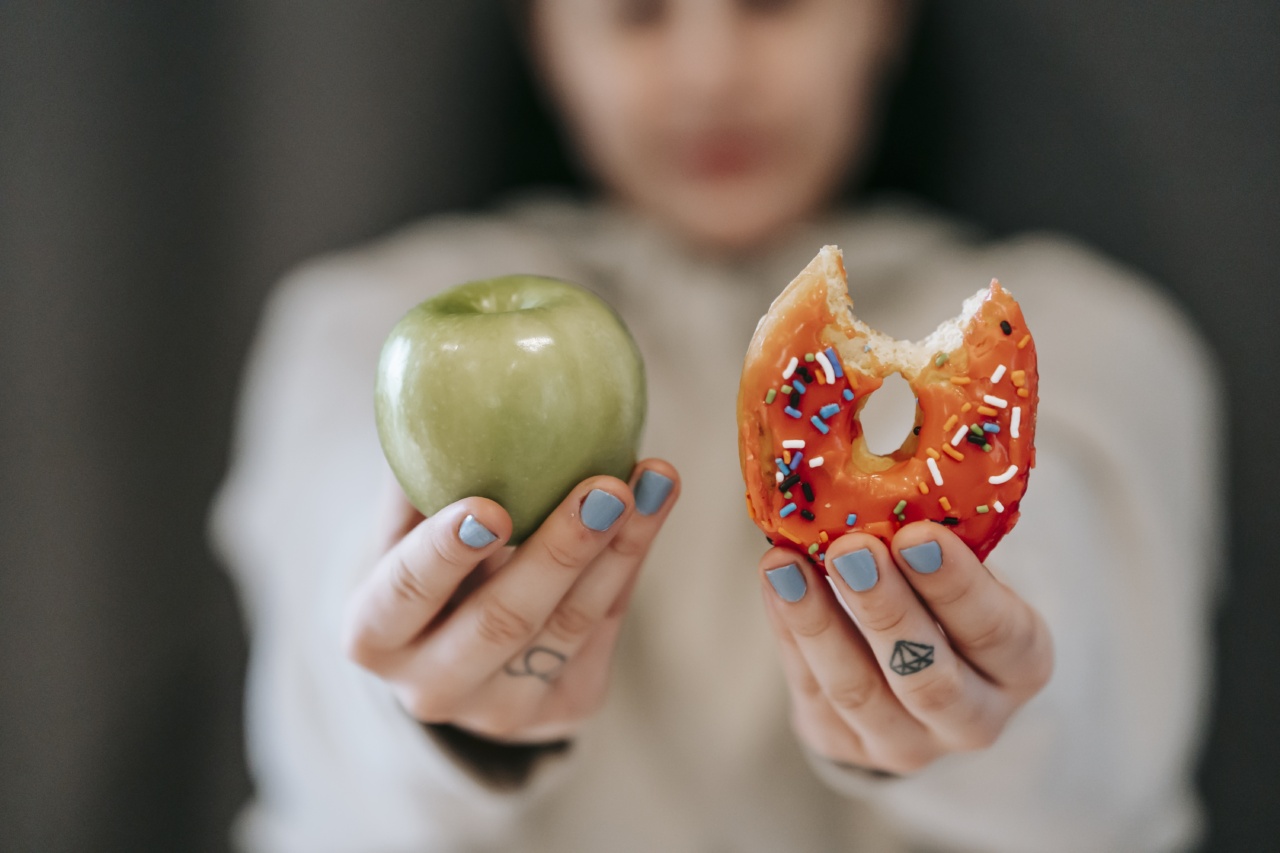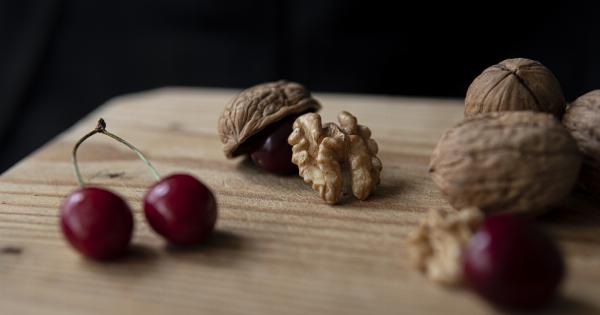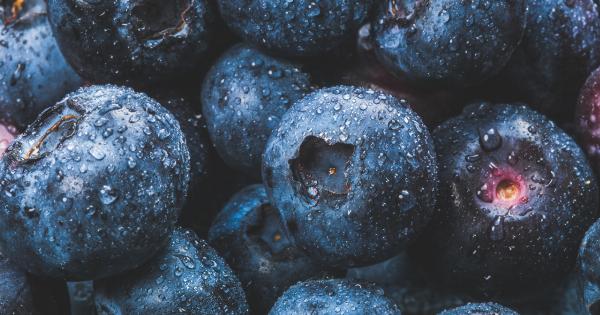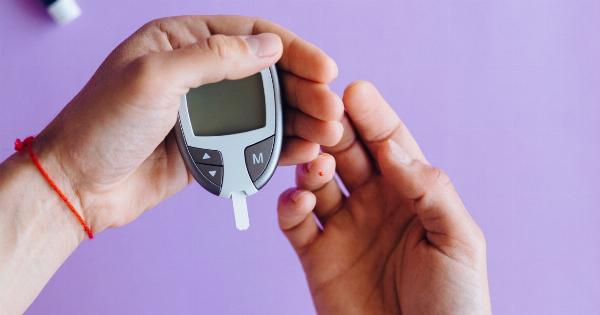Have you ever wondered why some people seem to have an insatiable sweet tooth while others can easily resist desserts and sugary treats? It turns out that there may be a genetic explanation for this phenomenon, particularly among women.
Recent studies have suggested that certain genes may influence a person’s preference for sweet taste, making them more likely to crave all things sugary. In this article, we will explore the fascinating world of the sugar lover gene and uncover what causes women to have a heightened desire for sweets.
The Science Behind Sweet Cravings
Before diving into the genetic component of sweet cravings, it is crucial to understand the science behind our desire for sweets.
The taste of sweetness triggers the release of dopamine, a neurotransmitter associated with pleasure and reward, in our brain. This feel-good hormone motivates us to seek out and consume foods high in sugar content. However, while most people experience some level of craving for sweet foods, some individuals experience these cravings on a much stronger level.
Identifying the Sugar Lover Gene
Scientists have long suspected that genetics plays a significant role in determining our taste preferences, including our preference for sweet flavors.
Recent research has made strides in identifying specific genes that may be responsible for heightened sweet cravings. One such gene is known as the GLUT2 gene.
The GLUT2 Gene and Sweet Cravings
The GLUT2 gene is located on chromosome 3 and encodes a protein responsible for transporting glucose, the body’s primary source of energy, in and out of cells.
In a study published in the journal “Diabetes,” researchers found that individuals with a specific variant of this gene, known as rs5404, were more likely to have a higher sweet intake and preference compared to those without the variant. Interestingly, this genetic predisposition was observed predominantly in women.
Role of Hormones in Sweet Cravings
While the GLUT2 gene seems to play a crucial role in determining sweet cravings, hormones also contribute significantly to this phenomenon.
Women experience hormonal fluctuations throughout various stages of their menstrual cycle, and these hormonal changes can impact their desire for sweet foods.
Estrogen, a prominent female sex hormone, has been found to enhance the brain’s reward response to sweet tastes. During the premenstrual phase, when estrogen levels are relatively high, women may experience intensified cravings for sweets.
Additionally, stress hormone cortisol and appetite hormone leptin can also influence a person’s desire for sweet foods.
Environmental Factors and Sweet Cravings
While genetics and hormones contribute to sweet cravings, environmental factors also play a significant role. Our upbringing, cultural influences, and exposure to certain foods can shape our taste preferences and cravings.
If we grew up in an environment where sweets were readily available and heavily promoted, our likelihood of developing a sweet tooth increases.
Furthermore, our brain forms associations between specific tastes and positive experiences.
If we often rewarded ourselves with sweets during happy moments or used them as comfort foods during stressful times, our brain establishes a strong connection between positive emotions and sugar. These associations can further enhance our cravings for sweet foods.
The Impact of Stress and Emotional State
Stress and emotional state can significantly impact our desire for sweets. During stressful periods, our body produces cortisol, a hormone that triggers cravings, especially for sugary and high-fat foods.
Stress can also lead to emotional eating, where individuals turn to sweets as a source of comfort or to alleviate negative emotions. The temporary pleasure obtained from indulging in sugary treats can help distract from stress and improve mood, reinforcing the craving cycle.
Breaking the Sugar Craving Cycle
If you find yourself caught in the grip of intense sweet cravings, there are strategies you can employ to break the cycle:.
- Practice mindful eating: Pay attention to your body’s hunger and fullness cues. Mindful eating helps you better understand your body’s needs and prevent overindulgence in sugary foods.
- Find healthier alternatives: Opt for natural sweeteners like fruits or choose dark chocolate with higher cocoa content instead of heavily processed sweets.
- Manage stress: Engage in stress-reducing activities such as exercise, meditation, or spending time in nature to minimize stress-induced cravings.
- Change your environment: Limit the availability of sugary snacks at home, and surround yourself with healthier options to make it easier to resist temptation.
Conclusion
While the sugar lover gene may make women more prone to intense sweet cravings, it is important to remember that genetics is not the sole determining factor.
Hormonal fluctuations, environmental influences, and emotional state all contribute to the intensity of sweet cravings. By understanding the underlying mechanisms and employing healthy strategies, women can regain control over their sugar cravings and create a balanced approach to indulging in sweet treats.






























